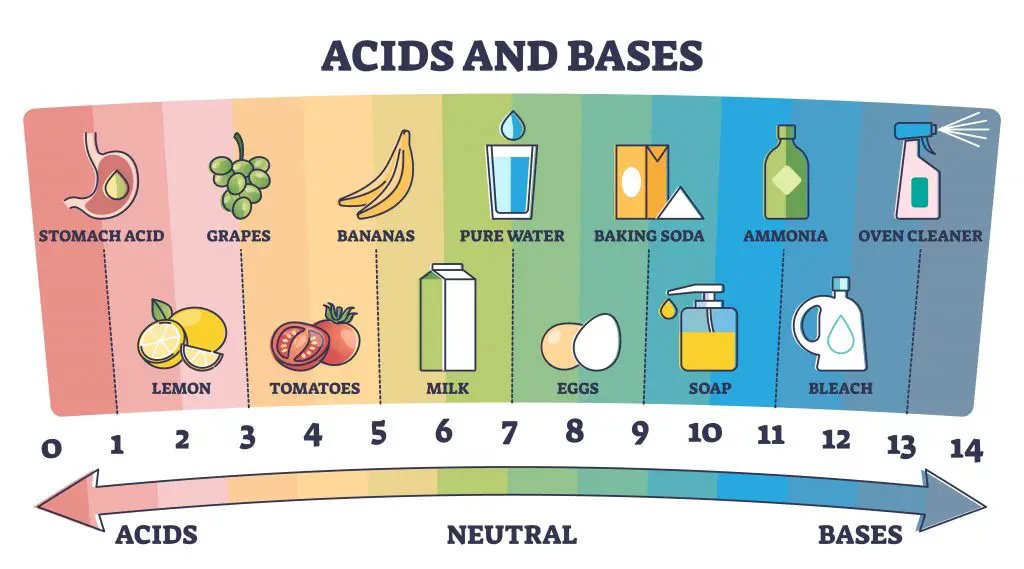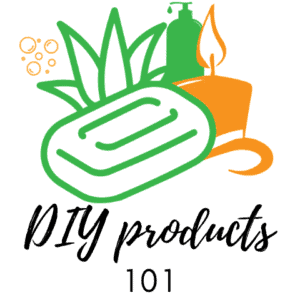Producing your own cold process soap comes with several benefits, but it’s normal to encounter problems every once in a while. High levels of pH in the final product, in particular, are experienced by many soap makers.
Rebatching the soap is a solution to this problem, but the process is time-consuming and messy. On top of that, you might end up wasting a good amount of ingredients if you aren’t satisfied with the new batch and decide to throw it away.
Whether you’re seeking a fun hobby, saving money, or pursuing a new business venture, our step-by-step guide makes crafting spa products enjoyable and easy, perfect for hobbies, saving money, or starting a business. Explore 126+ recipes, from soaps to lotions, with our beginner-friendly Quick Start Guide. Ditch store-bought products with unknown chemicals and embrace personalized, high-quality creations that cater to allergies and sensitivities using The Handcrafter’s Companion.
Some soap makers are fine with this. For others, however, this isn’t an option.
What pH level should soap be?

Understandably, using soap with suboptimal pH levels is worrisome. That’s why we’ll tell you how you can test your soap to determine if its pH level is right for your skin.
How do you test soap with pH strips?
Luckily, we know how it’s done. We’ll now discuss how you can test your soap’s pH levels using pH strips.
- Pour some water on the soap’s surface.
- Rub the water over it until you observe a reaction and see bubbles.
- Dip the pH strip into the bubbles.
- Check the results of the pH strip — it should have a chart that you can use as a reference.
Although this method is quick and easy to complete, it isn’t the best one.
Therefore, it’s also recommended to use other methods to ensure that you’re getting correct readings.
How do you test pH levels in soap?
Most of the tests you’ll find on the Internet are either overcomplicated or imprecise.
However, the method we’re about to describe produces reliable results and is used by professionals within the cosmetic industry — specifically, the American Society for Testing and Materials International.
Even better is that it’s possible to replicate this process with inexpensive materials.
Here’s what you’ll need:
- Hydrion pH paper. It includes a dispenser and a color chart.
- Plastic pH strips (pH 0.0 to 14.0). Lab Rat Supplies has excellent pH strips that provide accurate readings. Plastic strips are better than paper strips, as the latter isn’t as reliable and accurate as the former.
- Any waterproof pH tester — the Apera Instruments AI209 PH20 is a good option.
Process
Let’s get down to business.
Part one
- Boil distilled water or an equivalent to eliminate its carbon dioxide content.
- “Shave” a few pieces of soap and place them in a clean container. A disposable cup works excellently.
- Your goal is to make a 1% soap solution. That means that 99% of it should be distilled water. You can do this easily by weighing about 1g of soap and 99g of distilled water. You can use any type of scale you have at hand.
- Stir the soap and the distilled water together to make the solution. You can do this in any container, but using a whisk to stir works best. Stir until the soap is fully dissolved.
Part two
According to the ASTM, the pH test should be conducted at a temperature of 104ºF (40ºC). Furthermore, the solution needs to be quickly cooled afterward. You can do this by taking the solution’s container (it’s recommended to utilize a glass container for better effect) and placing it in an ice bath.
Once the solution has cooled down, dip the plastic pH strips into the solution.
Alternative ways to test pH levels of soap
Didn’t find anything interesting yet? No worries. There are a few alternative ways to test pH levels of soap that you can use to compare with previous results.
- You can use the same solution, but instead of strips, you can use a universal pH indicator solution. These products come with a kit and instructions that will guide you through the entire process.
- If you’re willing to spend a few more bucks, you can also use a pH meter. If you know where to look, you might find one at a cheaper price. These devices are accurate but are temperature-based. Still, they will save you time from going through all the steps in conducting a pH test using paper or plastic strips.
What pH of soap is best for your skin?
As mentioned earlier, it’s normal for homemade and commercial soaps to have pH levels between 9 and 10. It’s the industry standard, but there can occasionally be products with pH levels outside this range. pH 9 to 10 soap is fine for your skin.
Please note that our skin is acidic to a certain level (around 5.5). This is because of a protective layer known as the “acid mantle.” It serves as a barrier between your body and bacteria and viruses from the environment.
Below the acid mantle is blood, which is alkaline — the acidic counterpart. While blood is only very slightly alkaline, it is nonetheless important to maintain a healthy balance of both.
Typically, a person’s skin has a pH level between 4.5 and 6.5. If it becomes too acidic, it will lead you to a bacterial infection. On the other hand, too much alkaline in your blood will result in dry skin.
Which soap has a low pH level?
It’s difficult to say exactly which types of soap possess low pH levels. Soaps outside the standard pH level of 9 to 10 are uncommon.
However, some dermatologists recommend using cleansers with low pH. They’re better if you are suffering from eczema, and they also help in protecting your skin’s acid mantle. Furthermore, they won’t cause dry skin at all, as it happens with some soaps!
How do you lower pH in cold process soap?
We’ve reached the end.
This leaves you with two options: either leave your cold process soap as it was intended to be or opt for a commercial cleanser with low pH. Remember to consult with a dermatologist if you have sensitive skin or specific needs.
